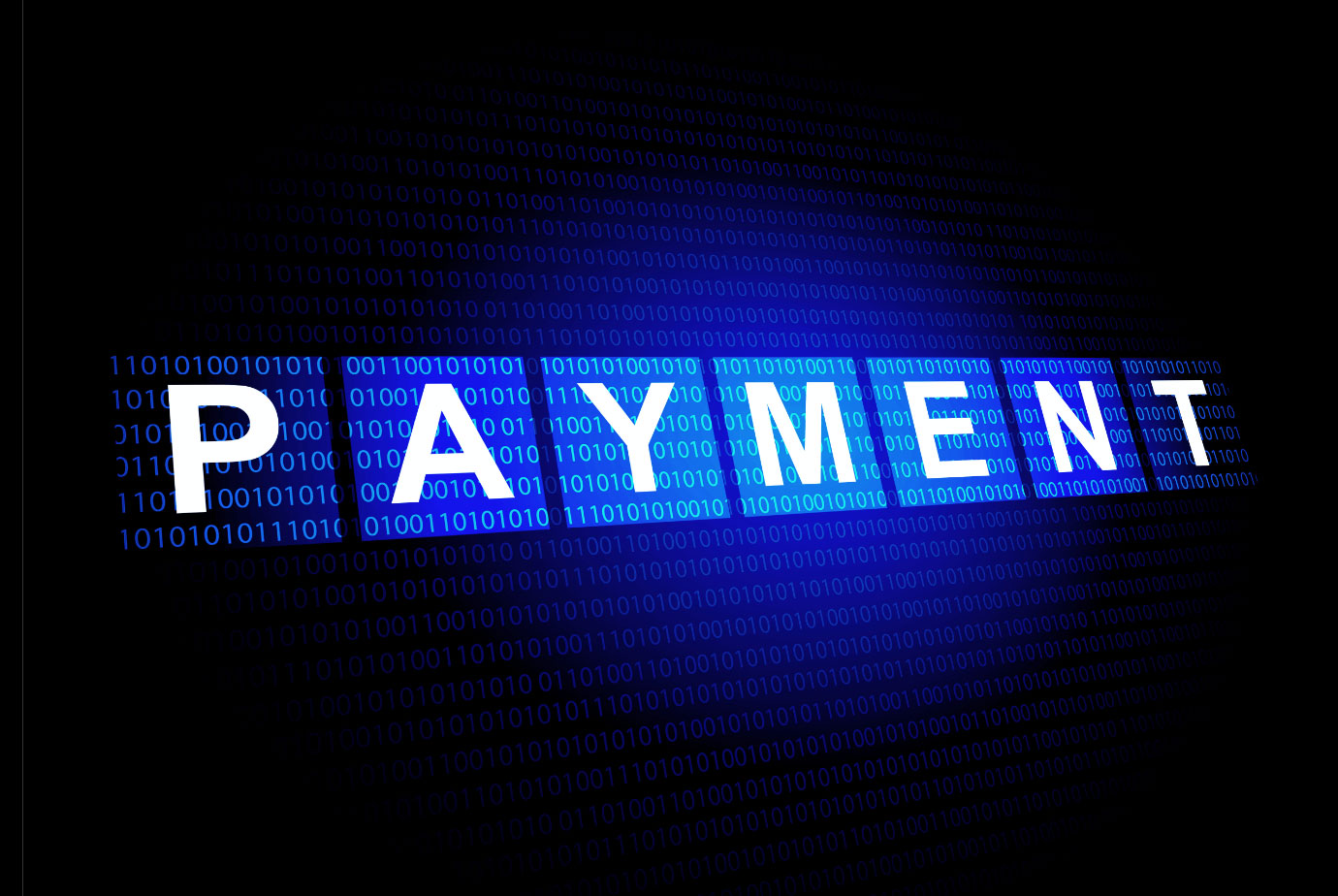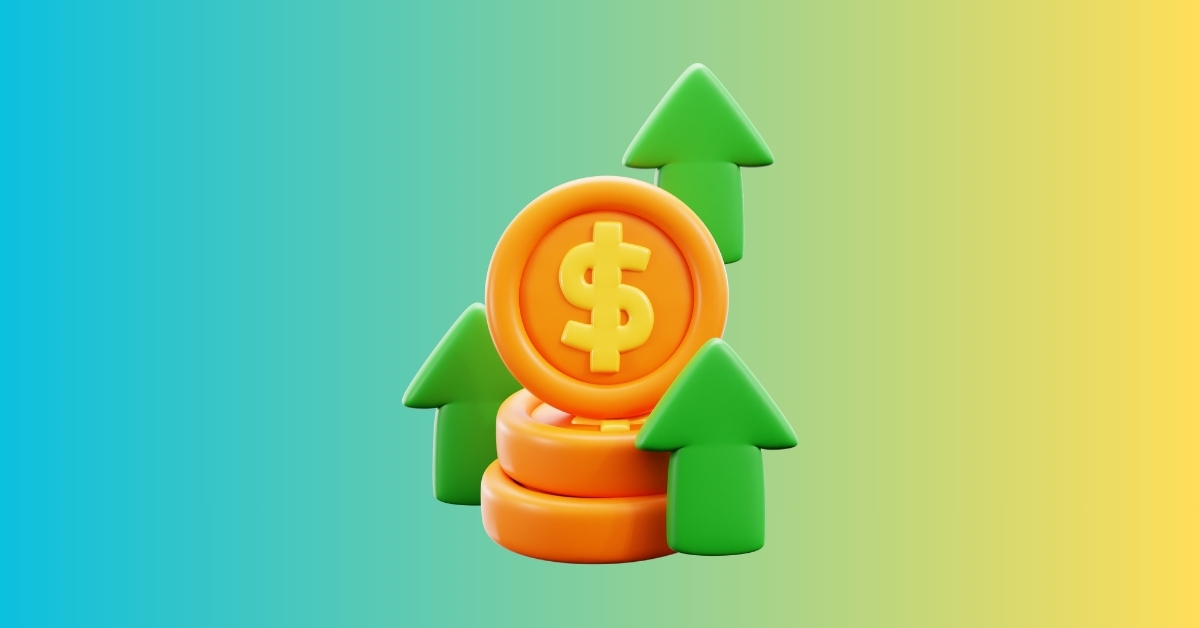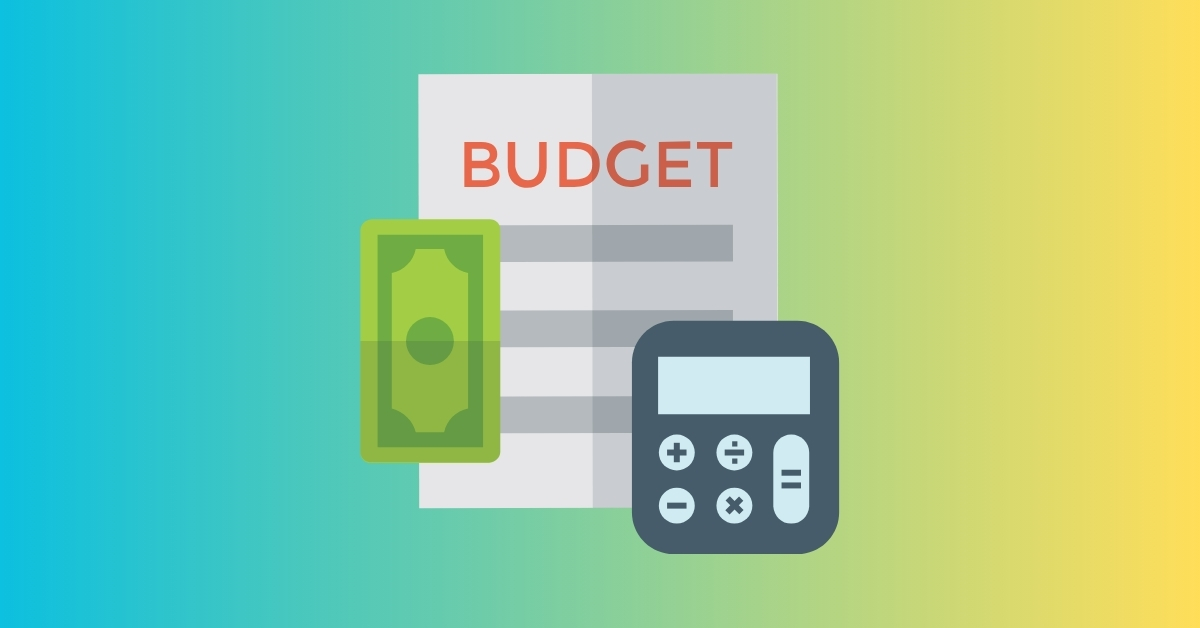The COVID-19 pandemic has permanently transformed the payments landscape, accelerating the shift to digital payments and reshaping the financial services industry. These emerging trends are influencing how consumers and retailers manage their finances.
Real-time payments have greatly benefited both businesses and individuals, with examples like disaster payments in Australia and increased contactless payment limits worldwide. Consumer demand is a driving force behind digital payment trends, with digital wallets such as Apple Pay, Google Pay, Alipay, and PayPal becoming preferred choices for managing money, making mobile payments, and online transactions.
Digital payments have evolved to offer seamless and frictionless customer experiences, becoming an integral part of daily life. The blog explores trends for 2023, including innovative technology, shifts in customer behavior, next-gen payment services, financial institution adaptation, and the rise of alternative payment methods.
The financial technology (fintech) industry has disrupted traditional payment methods, compelling banks to rethink their infrastructure. E-commerce and mobile payment apps have led to demands for consistent digital payment experiences, including digital wallets, open banking, and cryptocurrencies.
Buy Now Pay Later (BNPL) options have gained popularity, shifting customer preferences from credit to debit. This lower-cost financing option has prompted more merchants to adopt BNPL, leading to a rise in BNPL providers and services.
Contactless payments have seen significant growth, especially during the pandemic, with digital wallets and in-app payments becoming common. Cloud technology has become essential, driving traditional payment providers to seek competitive differentiation.
The payments industry has entered the Payment 4.X era, where transactions are embedded, invisible, and aimed at enhancing the customer experience. This shift poses challenges for traditional banks and payment services.
Key trends include accelerated growth in next-gen payment methods, blockchain technology adoption, a focus on digital identity infrastructure, real-time payments, biometric authentication, the emergence of Central Bank Digital Currencies (CBDCs), PaaS and data-based API business models, and consolidation in payment services.
The B2B payments sector faces challenges in digitization, but global trade and payment automation are growing. Payments data plays a crucial role, providing insights to shape business decisions.
ISO 20022 adoption offers improved data access and analysis capabilities, essential for real-time payment analytics. Payment solutions like CruisePay Finance provide visibility across payment systems, helping organizations adapt to emerging technologies, regulations, and global standards like ISO 20022.
#CruisepayFinance #PaymentSolutions #Fintech #SecurePayments
#DigitalFinance #EasyTransactions #FinancialFreedom #PaymentProcessing
#MoneyManagement #SeamlessPayments



